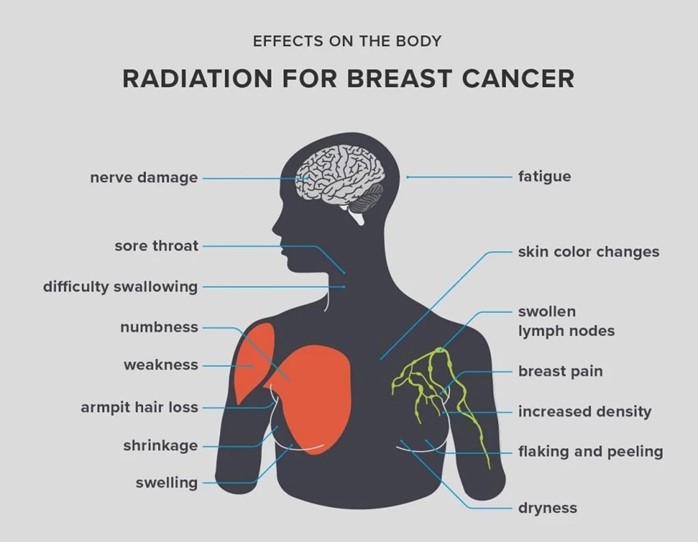A client is diagnosed with an enterocele. The nurse interprets this condition as:
Protrusion of the posterior bladder wall downward through the anterior vaginal wall
Bulging of the small intestine through the posterior vaginal wall
Descent of the uterus through the pelvic floor into the vagina
Sagging of the rectum with pressure exerted against the posterior vaginal wall
The Correct Answer is B
Choice A: Protrusion of the posterior bladder wall downward through the anterior vaginal wall is not the correct answer because it describes a different condition called cystocele. A cystocele occurs when the bladder pushes into the vagina due to weakened pelvic support structures.
Choice B: Bulging of the small intestine through the posterior vaginal wall is the correct answer because it describes an enterocele. Enterocele occurs when the small intestine slides into a pouch between the rectum and vagina due to weakened pelvic support structures.
Choice C: Descent of the uterus through the pelvic floor into the vagina is not the correct answer because it describes a different condition called uterine prolapse. Uterine prolapse occurs when the uterus drops down into or out of the vagina due to weakened pelvic support structures.
Choice D: Sagging of the rectum with the pressure exerted against the posterior vaginal wall is not the correct answer because it describes a different condition called rectocele. Rectocele occurs when the rectum bulges into or out of the vagina due to weakened pelvic support structures.
Nursing Test Bank
Naxlex Comprehensive Predictor Exams
Related Questions
Correct Answer is C
Explanation
Choice A: Diarrhea is not the correct answer because it is not a common adverse effect of radiation treatment for breast cancer. Diarrhea is a condition that causes loose, watery, or frequent stools. It can be caused by various factors such as infection, medication, or food intolerance. It is more likely to occur as an adverse effect of radiation treatment for cancers that affect the digestive system, such as colorectal or stomach cancer.
Choice B: Anorexia is not the correct answer because it is not a common adverse effect of radiation treatment for breast cancer. Anorexia is a condition that causes loss of appetite or interest in food. It can be caused by various factors such as depression, stress, or nausea. It is more likely to occur as an adverse effect of chemotherapy or other systemic treatments for cancer that affect the whole body.
Choice C: Fatigue is the correct answer because it is a common adverse effect of radiation treatment for breast cancer. Fatigue is a condition that causes extreme tiredness or exhaustion that is not relieved by rest or sleep. It can be caused by various factors such as anemia, inflammation, or pain. It is a common adverse effect of radiation treatment for any type of cancer, as radiation can damage healthy cells and tissues and affect the body's energy production.
Choice D: Alopecia is not the correct answer because it is not a common adverse effect of radiation treatment for breast cancer. Alopecia is a condition that causes hair loss or thinning on the scalp or other parts of the body. It can be caused by various factors such as genetics, hormones, or infection. It is more likely to occur as an adverse effect of chemotherapy or other systemic treatments for cancer that affect the whole body.

Correct Answer is D
Explanation
Choice A reason: Increased vaginal discharge is a normal and expected outcome of using a pessary, as it helps to lubricate and cleanse the vagina.
Choice B reason: Urinary tract infection is not a common side effect of using a pessary, as it does not interfere with urination or introduce bacteria into the urinary tract.
Choice C reason: Vaginitis is not a common side effect of using a pessary, as it does not cause inflammation or infection of the vagina. However, the client should maintain good hygiene and use vaginal cream or gel as prescribed to prevent irritation.
Choice D reason: Vaginal ulceration is a serious and possible side effect of using a pessary, as it can cause pressure necrosis and erosion of the vaginal mucosa. The client should report any bleeding, pain, or foul-smelling discharge to the provider and have the pessary removed and replaced regularly.

Whether you are a student looking to ace your exams or a practicing nurse seeking to enhance your expertise , our nursing education contents will empower you with the confidence and competence to make a difference in the lives of patients and become a respected leader in the healthcare field.
Visit Naxlex, invest in your future and unlock endless possibilities with our unparalleled nursing education contents today
Report Wrong Answer on the Current Question
Do you disagree with the answer? If yes, what is your expected answer? Explain.
Kindly be descriptive with the issue you are facing.
